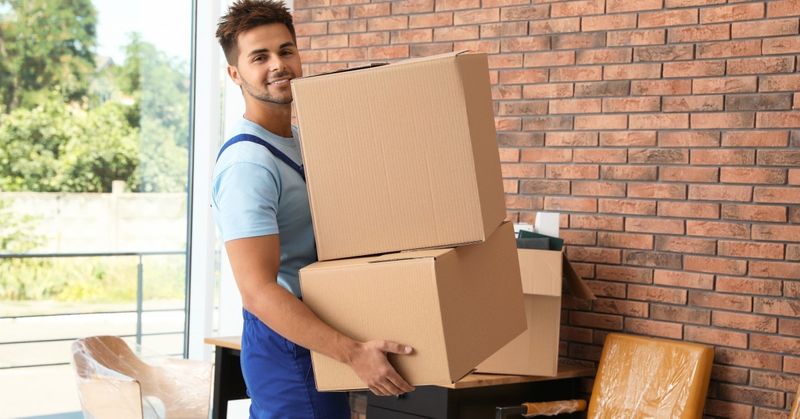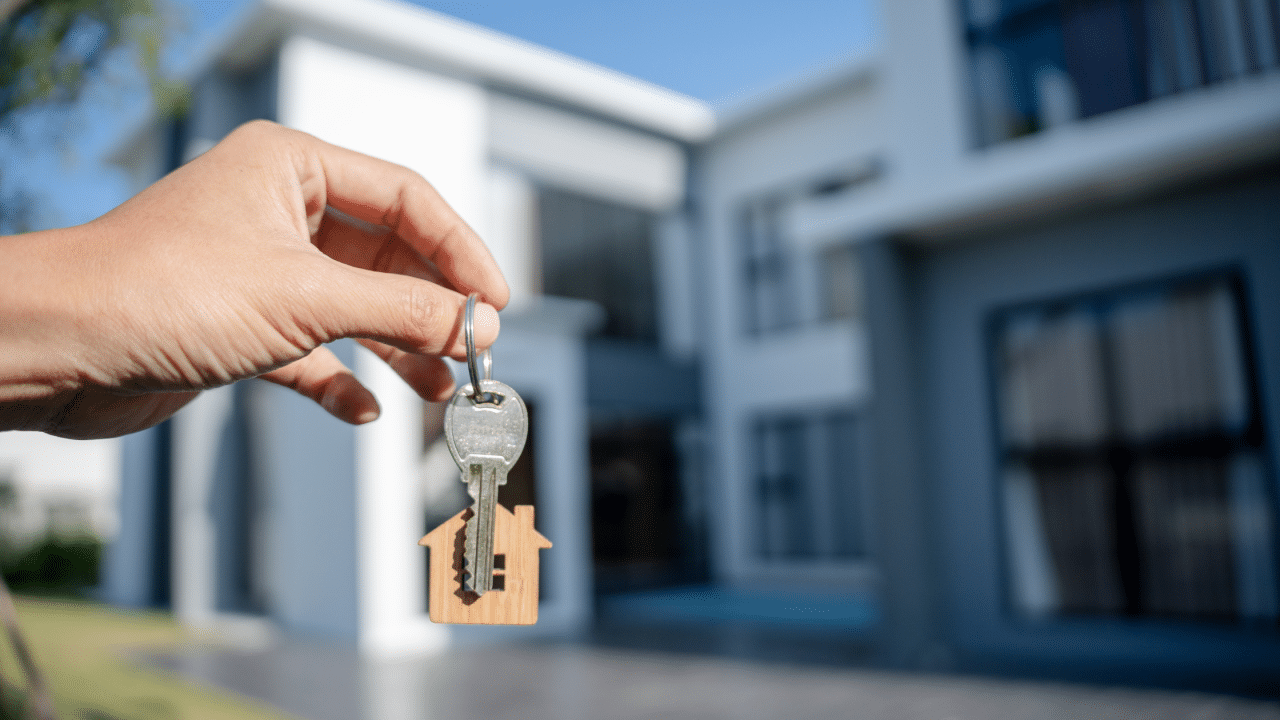Your to-do-list After Moving to a New Home
Moving to a new home is an exciting yet stressful time. While you may be eager to start decorating and making the space your own, there are some important tasks you need to complete first to ensure a smooth transition. Follow this comprehensive to-do list of nine tips to help you get settled into your new home.
Confirm Utility Connections
Ensure all your utilities are properly connected and working on the move-in day before anything is unloaded. Check that electricity, gas, water, phone, internet, cable TV, and any other services are active. Plug-in appliances like your refrigerator, oven, and laundry machines to confirm all sockets are working. Check faucets, flush toilets, and run shower water to verify that the plumbing works.
If you arranged for garbage collection, confirm your pickup schedule and bin locations. Scrambling to get utilities connected at the last minute is stressful. Avoid the hassle by thoroughly ensuring everything is ready ahead of time.
Map Out Furniture Placement
Instead of randomly dropping furniture into rooms, take time to map out ideal placement first. This will make moving heavy pieces smoother and prevent having to rearrange multiple times. If you’re unsure of the best way to place your furniture or need assistance with heavier items, consider hiring professional movers like Solomon & Sons. Their experience can provide valuable insights into optimizing space and ensuring the safe transport of your items.
Make a simple floor plan for each room, marking entrances, windows, fireplaces, built-ins, and any other permanent fixtures. Sketch your furniture layouts for each room based on optimal traffic flow and usage. For example, avoid placing furniture in front of windows or doors. Allow adequate space between pieces for walking paths to entrances and common areas. Having a detailed placement plan in place can save time and frustration.
Childproof and Pet Proof the Home
If kids or pets are part of your family, take steps for your home to be fully childproof and petproof before move-in day. Pick up any small objects, packing materials, debris, or clutter that could pose safety risks to children or pets. Use gates to block off unsafe areas like stairs that are not yet secured. Install outlet covers, window locks, cabinet latches, and other safety devices throughout the home. Anchor heavy furniture and appliances to the wall to prevent tipping.
Keep all cleaning products, medications, breakables, sharp objects, and other dangerous items stored securely out of reach and out of sight. Your top priority should be preventing injuries and accidents during the chaotic transition. You can fine-tune safety measures after settling in.
Locate Key Home Systems
Before you need them in an emergency, locate and label your home’s main fuse box, circuit breakers, water shut-off valve, and other key systems. The main fuse box is often located in the basement, garage, or utility closet. Find the main water shut-off valve near the connection to the municipal water supply or the water heater.
Ensure you can access these emergency systems quickly if the power goes out or a pipe bursts. Knowing where to shut off water or electricity can prevent costly damage.
Perform a Deep Clean
While not the most exciting task, performing a deep clean before moving in is worth the effort. Start by washing ceilings, fans, light fixtures, and upper areas prone to dust buildup that you won’t reach again for a while. Clean appliances like the refrigerator, oven, dishwasher, and microwave. Scrub bathrooms thoroughly, disinfecting surfaces, tiles, showers, toilets, and sinks. Wash windows, walls, woodwork, floors, and carpets.
Consider hiring professional cleaners if you don’t have time to deep clean properly. Starting fresh in a sparkling, clean home feels great and prevents combating diseases due to dust and bacteria in the new place.
Assess and Prioritize Repairs
Make a detailed list of any repairs needed based on your inspections and walkthroughs. Focus first on issues affecting safety, function, or structural soundness, like loose railings, faulty appliances, or leaky roofs. Cosmetic updates like paint touch-ups can wait.
Use your repair list to create a home maintenance schedule. Knowing what needs to be fixed right away and the order of priority makes planning projects easier. Don’t let small problems turn into costly headaches down the road.
Change Locks and Garage Codes
For safety, change your locks and garage door codes when moving into a new residence. Even if you obtained keys from the seller, previous owners, tenants, or realtors may still have access.
Ensure you are the only one able to enter your new home by changing locks and codes before move-in day. Only provide new keys and codes to those you trust.
Conduct a Thorough Walkthrough
Before moving anything into the home, do a final walkthrough to verify the condition matches expectations. Make sure any repairs the seller agreed to complete were finished properly.
Make sure that all inclusions, like appliances, are present by checking off each item on your inclusion list. Test outlets by plugging in lamps or phone chargers. Switch on fixtures to check lighting, and open and close doors and windows to ensure proper function and locking mechanisms. Carefully inspect the lawn and landscaping, including the condition of trees, fencing, patios, sprinkler systems, and outbuildings.
Notify your realtor immediately if you find any problems not covered in the contract. This is your last chance to identify concerns before accepting possession, so be very thorough.
Update Your Address
Make sure to submit a change of address to the post office so mail gets forwarded correctly. Also, update your address with important contacts like your employer, banks, insurance providers, creditors, subscription services, schools, etc.
If moving states, immediately change your driver’s license, vehicle registration, and voter registration. File for any new licenses or state-specific paperwork. Keeping all contacts informed ensures you receive mail and avoid disruptions to utilities, benefits, memberships, and other services.
Conclusion
Moving into a home can feel chaotic and stressful. By following this comprehensive to-do list, you can ensure a smooth transition to your new residence. Completing these important tasks sets you up for success before you even begin decorating or customizing the home to suit your lifestyle. Be thorough in your walkthrough, childproofing, cleaning, repairs, and other jobs that might be challenging once you’ve moved in completely. Systematically tackling these tasks will help you feel settled and more comfortable in your new home.








One Comment